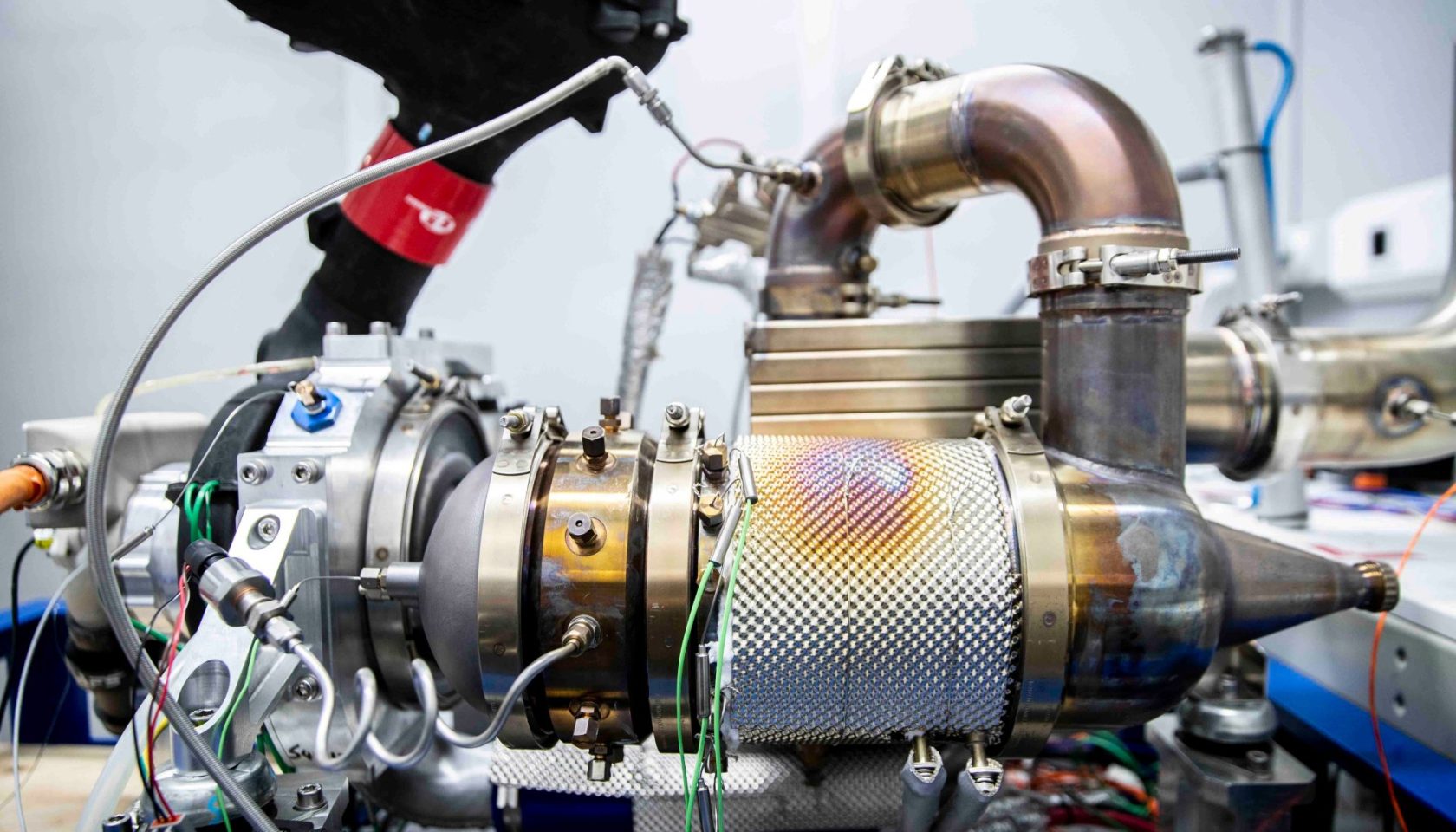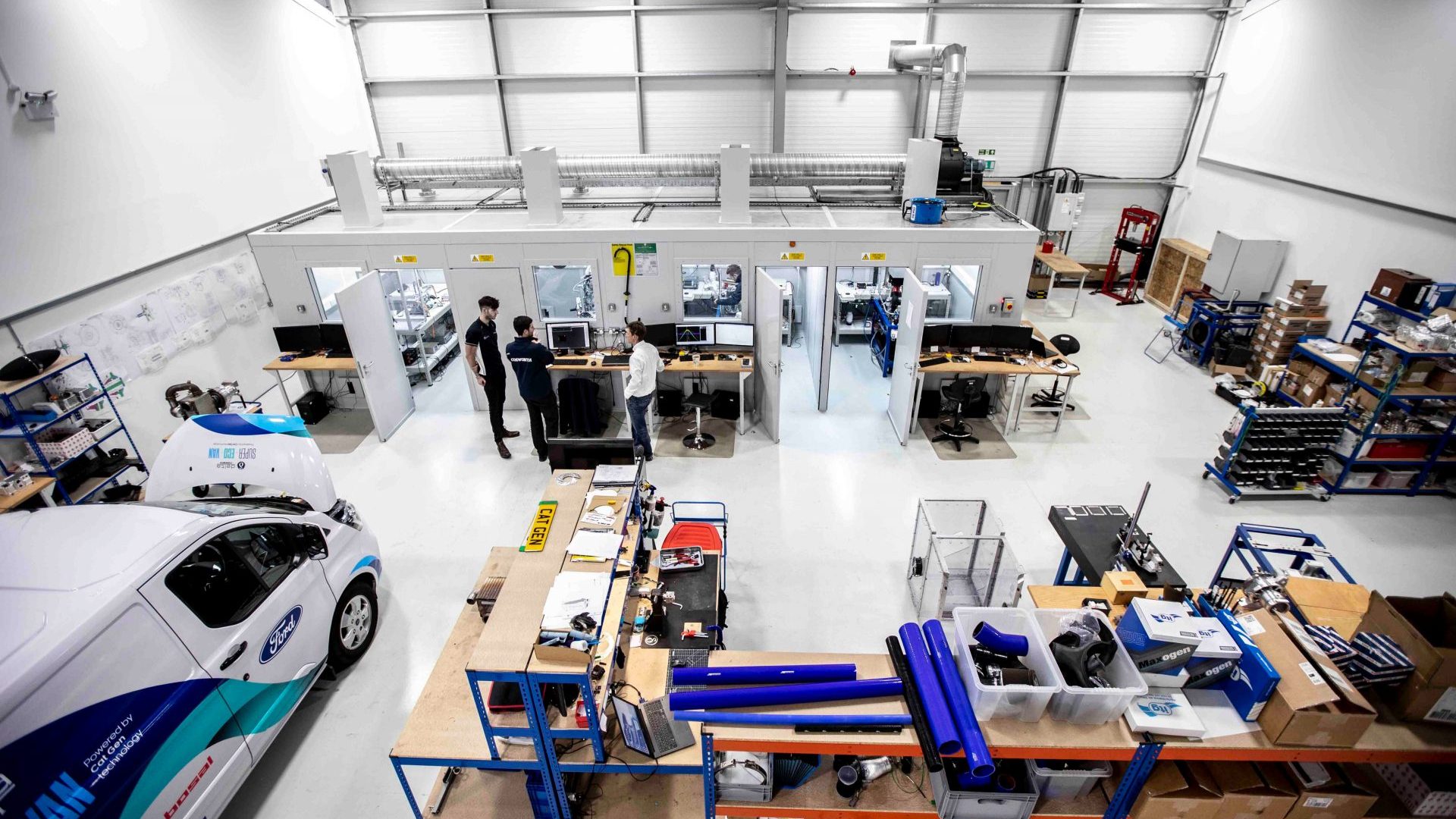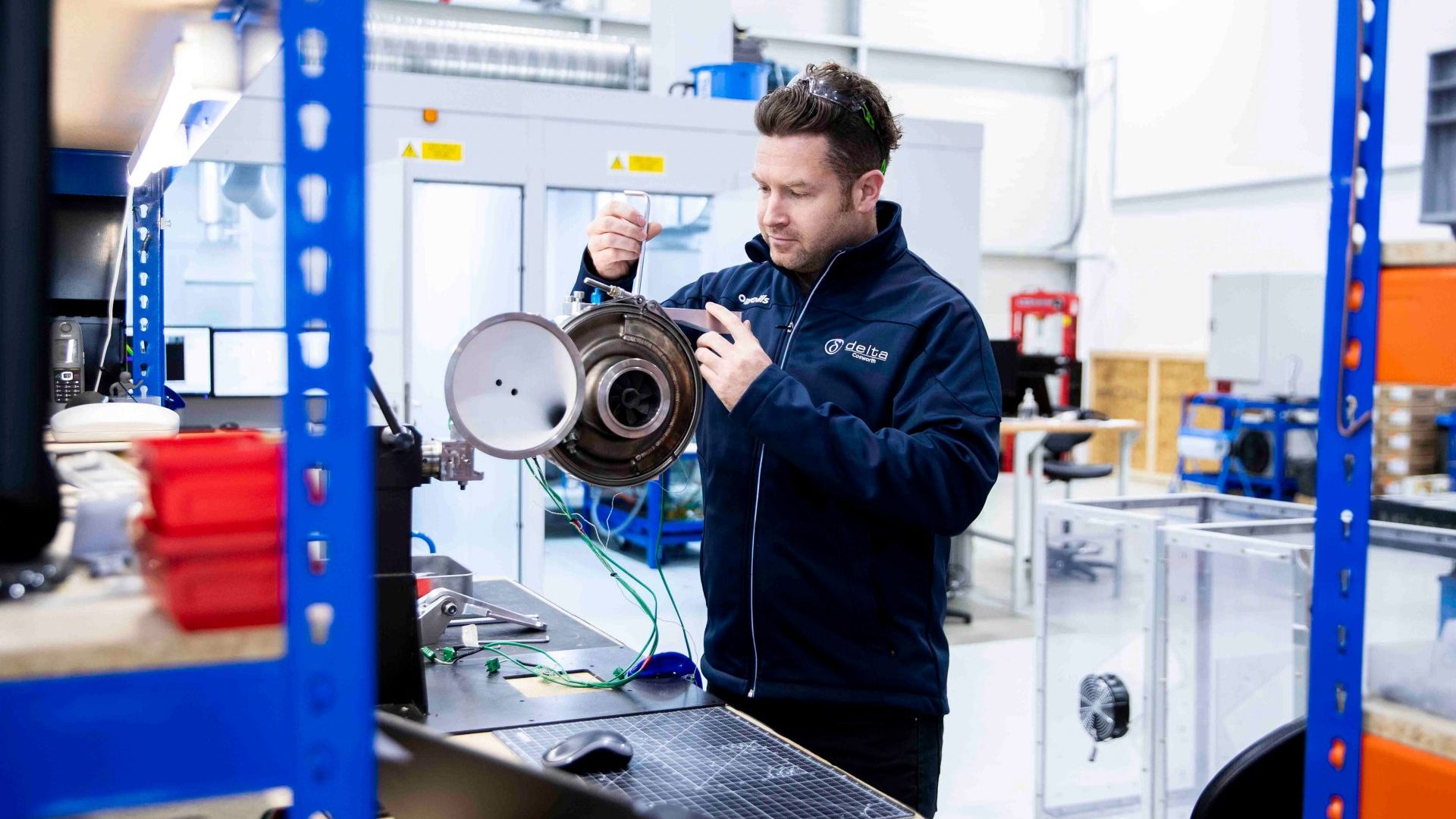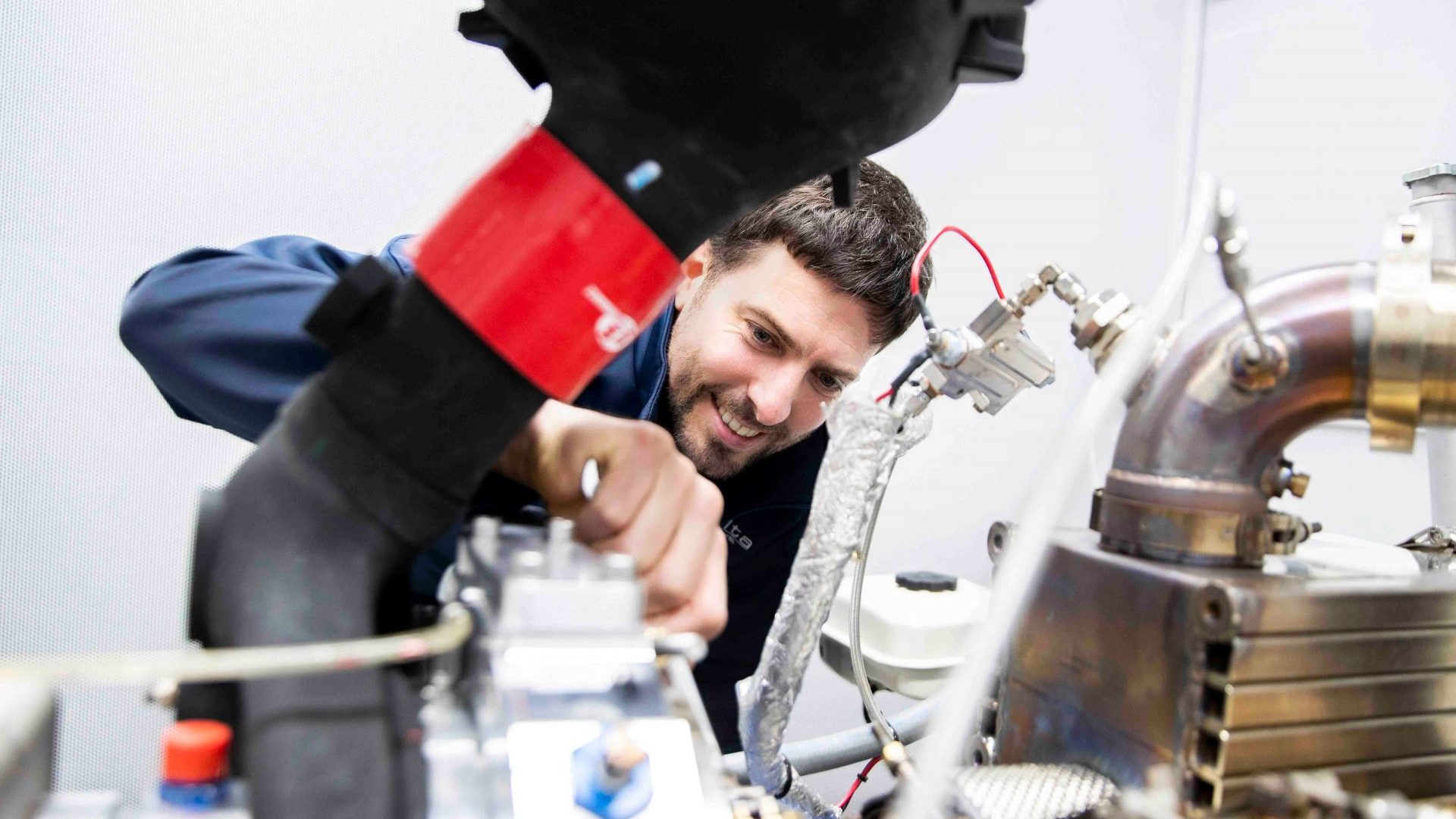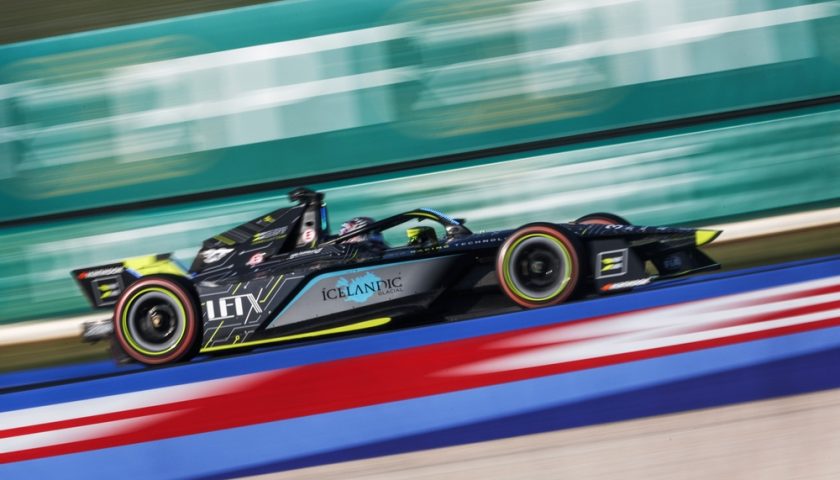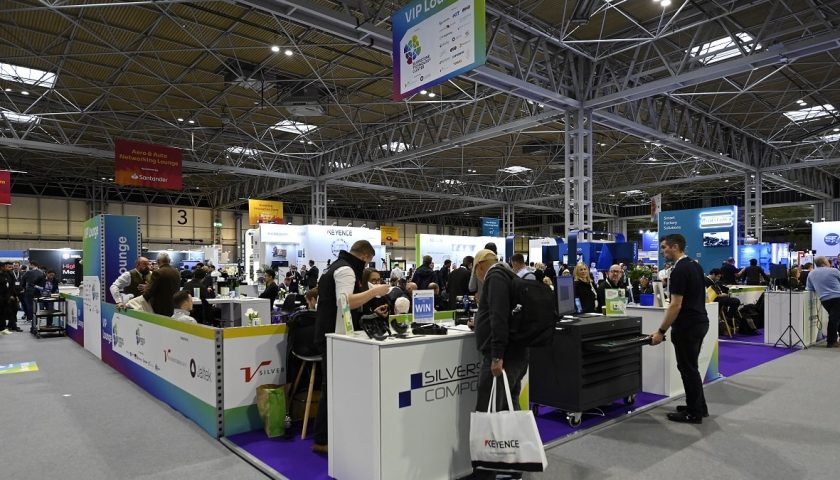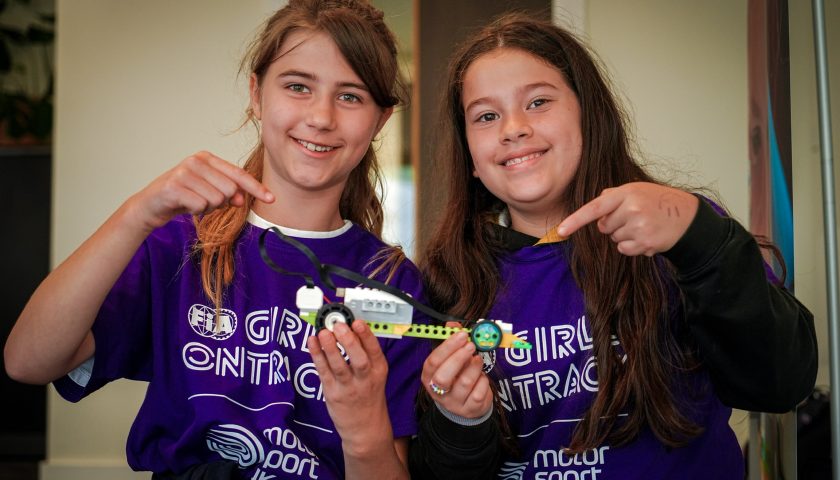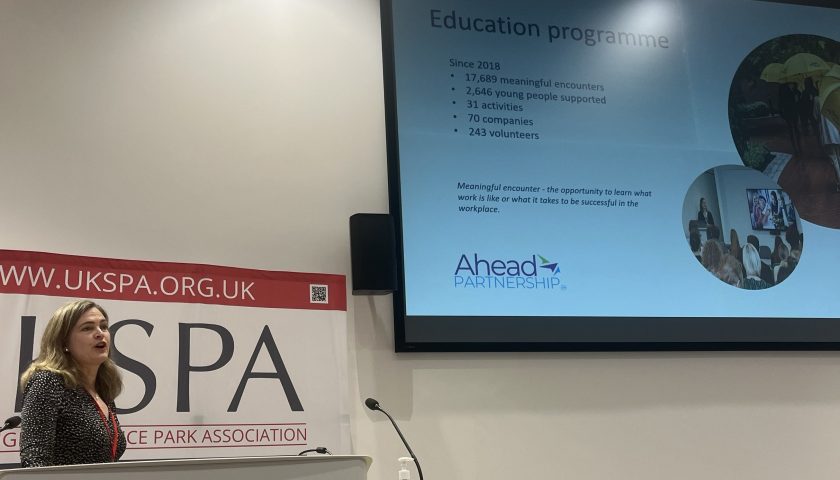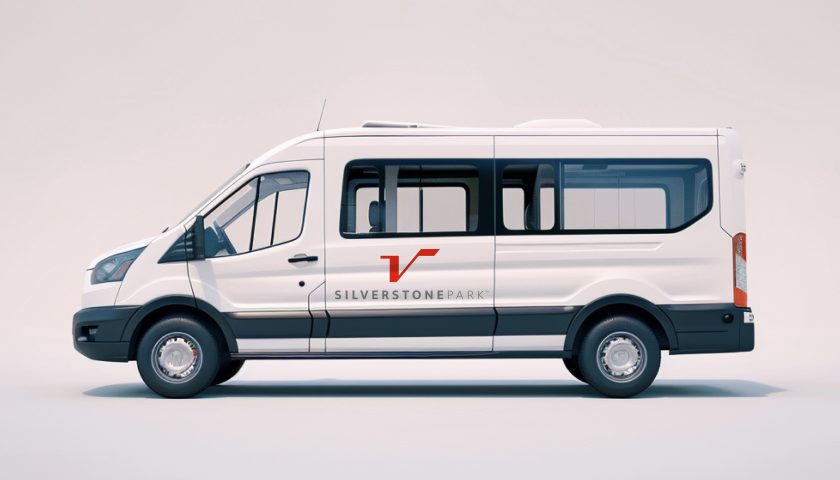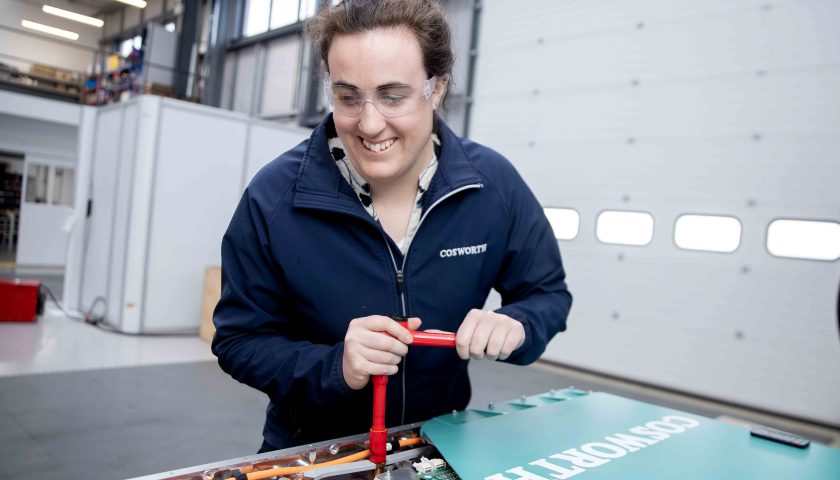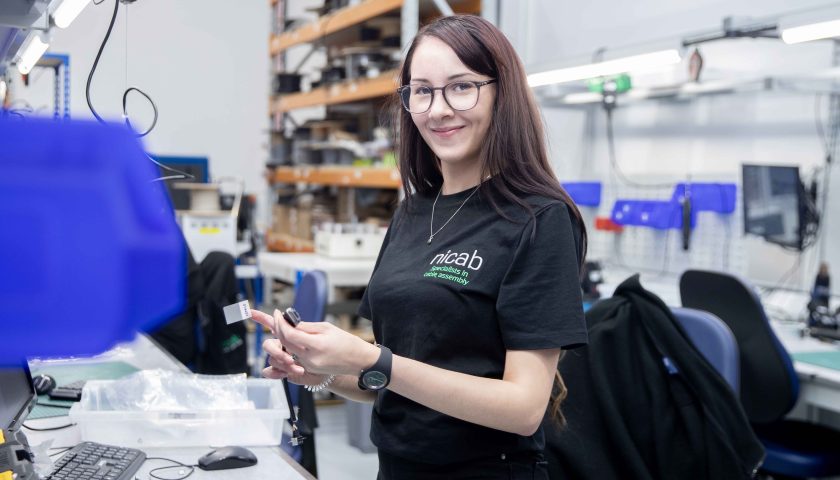A ten-year project to develop potentially ground-breaking technology for plug-in hybrid vehicles that could drastically both extend a battery’s range and reduce its size has reached fruition for engineers at Silverstone Park business Delta Cosworth.
The business believes its catalytic generator (cat-gen) – using micro-turbine technology – can also contribute to the global drive to reduce both CO2 emissions and waste, when sourcing materials for vehicle battery manufacturing.
The technology has been developed inside Delta Cosworth’s 5,000 sq ft research and development facility at Silverstone Park.
In recent years, demand for the business’s innovation in high powered battery systems and low-carbon technology solutions has enabled it to expand to three premises in total on site, these equalling some 24,000 sq ft in all.
Delta Cosworth’s Engineering Director Scott Herring enthused:
“With cat-gen, you could halve the amount of batteries used in a vehicle, yet double the amount of vehicles on the road with batteries in them.
Our technology is very much about trying to accelerate electrification of vehicles and achieving next to zero tailpipe emissions.
“We predict overall battery size could be reduced by 40-50% for a passenger vehicle. This can lead to a much smaller internal combustion engine being used because the cat-gen will be there to maximise the battery’s performance.
“All the above means weight reduction which always means improved vehicle performance, efficiency and dynamics.
“We believe this can take the plug-in hybrid market to the next level for manufacturers in terms of cost, waste and performance.”
Scott continued:
“Cat-gen uses a micro-turbine which, when linked with an electric motor, generates electric power to boost the battery’s range.
“It really only uses fuel within the catalyst to generate hot gas and spin the turbine and generator when required, thereby massively cutting the amount of fuel consumed and, therefore, tailpipe emissions.
“And even though our device uses fuel, it’s there to help the motorist to trust in running the battery down to zero – knowing the cat-gen will always there be as back-up and keep the battery going to reach the destination, maximising its use.
Importantly for manufacturers, cat-gen is small and simple, so cost-effective to develop to their own models. It basically just sits in the back out of sight – a bit of an ‘unsung hero’.
“We’ve now got our cat-gen system to the ‘stone wheel’ stage – it is there for manufacturers to adopt to their own requirements.”
The technology, said Scott, is not limited to use in just road vehicles, nor only in combination with petrol internal combustion engines.
“Another of the real positives is just how adaptable we’ve developed cat-gen to be,” he continued.
“We foresee it being used across a variety of applications – think of it helping to propel ships as they turn in the harbour, or kicking in at altitude to provide cabin and engine power in aircraft, or providing the range required for military and aid vehicles to deliver vital goods in difficult terrain.
“It can work with pretty much all types of fuels, too, and we are entering a trial using hydrogen – admittedly that is an exotic fuel at this stage, but it’s something worth looking at as things evolve.”
